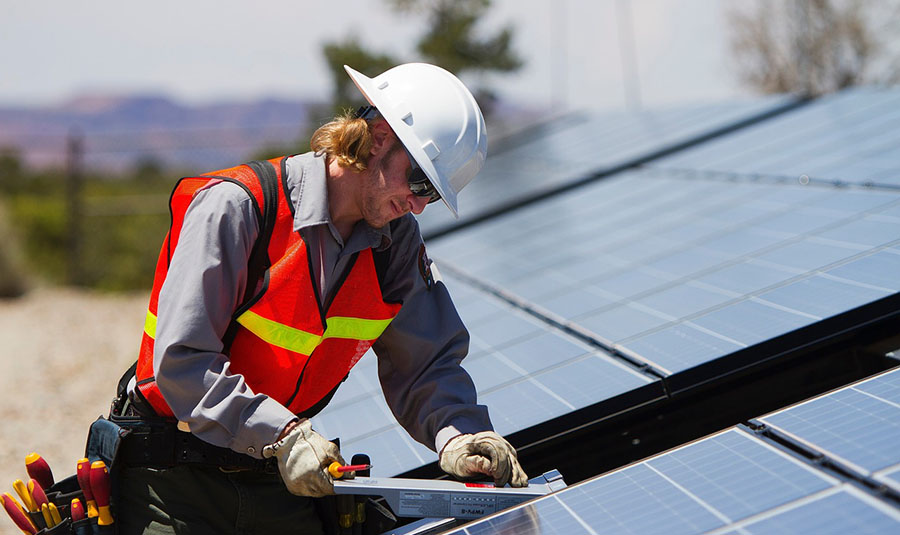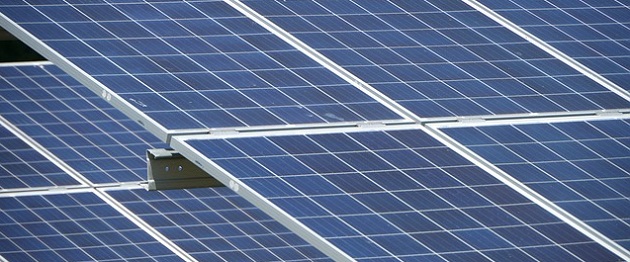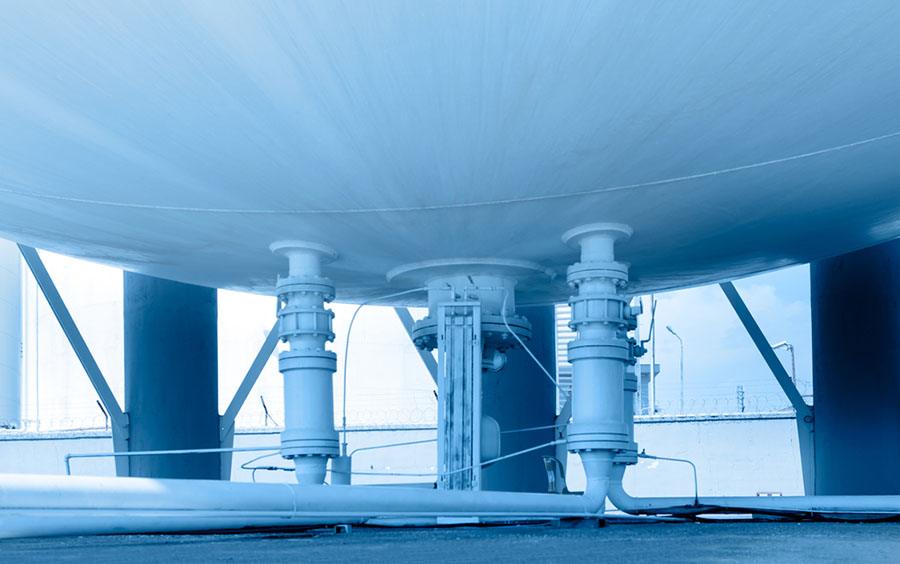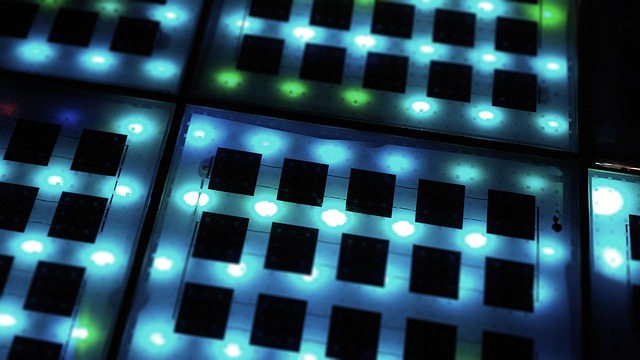Today, start-up and well-established companies are pushing a suite of compelling "perfect power" products into mainstream markets. In the future, watch for complex platforms integrating supply and demand side solutions to deliver game-changing solutions for high-end power needs.
Contrary to what many people may expect, most of these technologies, which include microturbines, fuel cells and high-efficiency cogeneration, rely on fossil fuels rather than renewable-energy resources. This is probably why most green-tech boosters have ignored them. It may seem odd or counterintuitive to suggest that one supply of electricity is better than another, but the reality is that 1 KW of electric power comes in many different shapes and sizes—some better than others.

The sensitivity of today's electronics make them more susceptible to power disturbances. They're designed to operate on a uniform 'clean' sine wave; so, the more susceptible they become to slight sine-wave variations. As the frequency of these or short-term disturbances increase, devices malfunction, experience reduced performance and, in extreme cases, suffer permanent damage.
More than one third of all business downtime results from power quality problems, according to Electrical Light and Power magazine, the costs of which vary from one industry to the next but are frequently massive and growing.
The bottom line: Power-grid electricity is increasingly incapable of providing the electric quality needed to operate an advanced economy.



























































